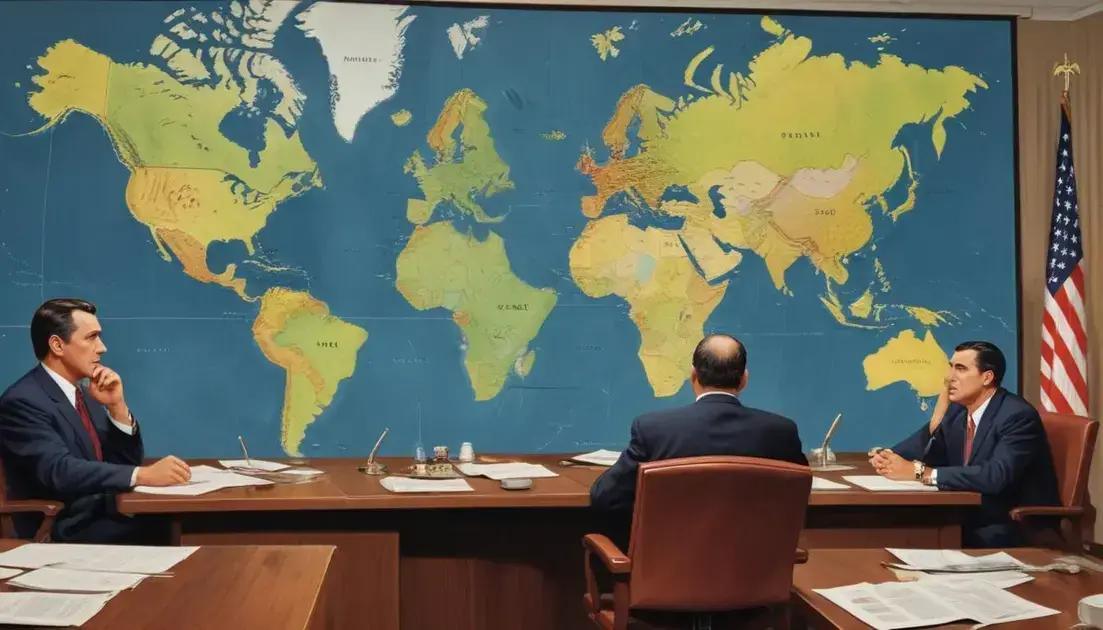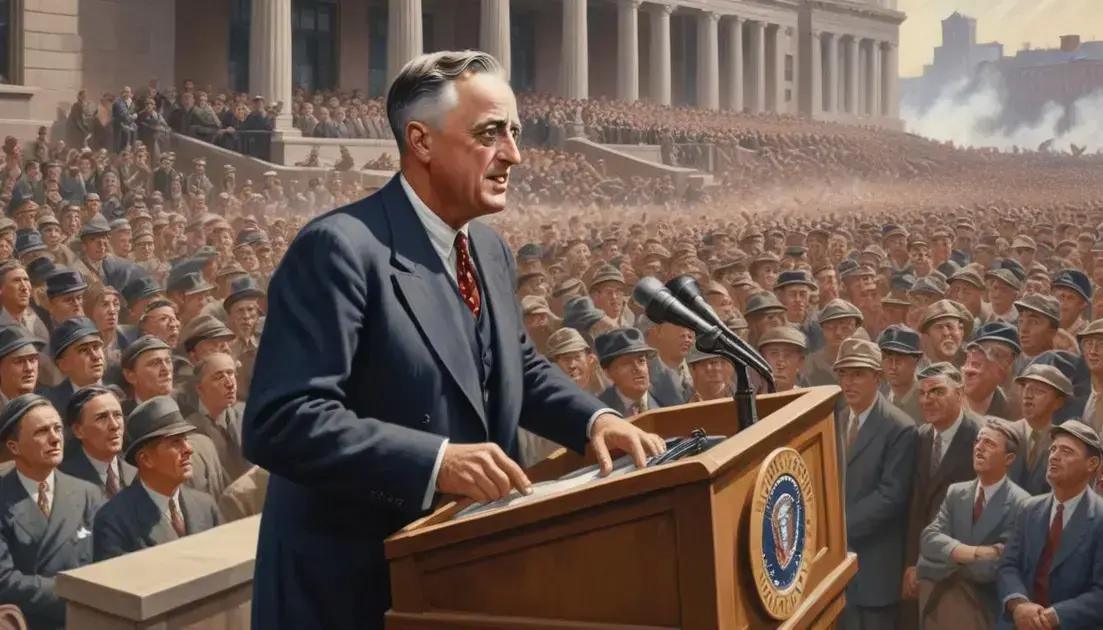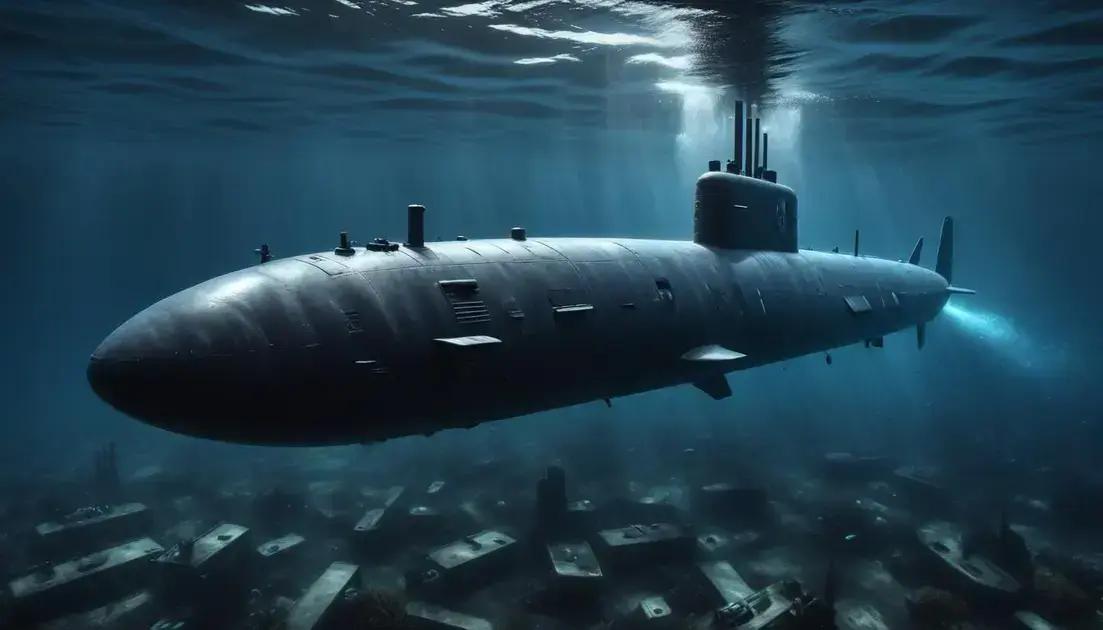
Cuban Missile Crisis: The World on the Brink of Destruction
The Cuban Missile Crisis was a pivotal moment in history, showcasing the dangerous tensions between the United States and the Soviet Union. This 1962 standoff nearly led to nuclear war after the U.S. discovered Soviet missiles in Cuba. Key lessons emerged, emphasizing the importance of communication and diplomacy to resolve conflicts. The resolution involved negotiations, leading to the removal of missiles from Cuba and a greater understanding of the necessity for international dialogue. The crisis highlighted the risks of nuclear weapons and shaped future policies aimed at preventing similar conflicts, reinforcing the value of diplomacy in global relations.
Ever wondered how close the world came to disaster during the Cuban Missile Crisis? This pivotal moment in history nearly led to nuclear war, affecting millions…
Overview of the Cuban Missile Crisis
The Cuban Missile Crisis was a major confrontation between the United States and the Soviet Union in 1962. This standoff lasted for 13 days and brought the world to the brink of nuclear war. It started when the U.S. discovered Soviet missiles in Cuba, just 90 miles from Florida.
Background of the Crisis
Before the crisis, tensions were already high during the Cold War. The U.S. had missiles in Turkey that could hit the Soviet Union. In response, the USSR decided to place missiles in Cuba to protect themselves and to deter American aggression.
The Discovery
On October 16, 1962, U.S. aircraft took photographs showing the missile sites in Cuba. President John F. Kennedy was informed, and this set off a series of intense discussions. America had to act quickly to avoid a potential disaster.
The U.S. Response
President Kennedy decided to impose a naval blockade around Cuba to prevent further shipments of military supplies. He demanded the removal of the missiles, creating a tense situation where both sides were on high alert.
Negotiations and Resolution
After several days of threats and negotiations, the Soviet Union agreed to remove the missiles. In return, the U.S. secretly promised not to invade Cuba and to remove missiles from Turkey later. This resolution helped ease the tension but left a lasting impact.
The Cuban Missile Crisis showed how close the world came to nuclear war. It taught leaders about the importance of communication and diplomacy in resolving conflicts.
The Stakes: Global Implications
The Cuban Missile Crisis wasn’t just about missiles; it had huge global implications. If war had broken out, countless lives would have been lost. Both superpowers held nuclear weapons that could destroy entire cities. This was a very real threat.
Impact on Global Politics
During the crisis, many countries watched closely. The standoff influenced international relations for decades. It showed how close the world was to nuclear conflict and raised questions about security and defense.
Role of Media
The media played a big part in shaping public opinion. News reports created a sense of urgency, highlighting the dangers. People were scared but also became more aware of global issues.
Nuclear Strategy Changes
After the crisis, both the U.S. and Soviet Union changed their nuclear strategies. They realized that having nuclear weapons could lead to disaster. This led to treaties aimed at preventing nuclear war, like the Nuclear Test Ban Treaty.
Lessons for Future Generations
The Cuban Missile Crisis taught leaders about the importance of dialogue. Communication can help prevent misunderstandings that could lead to conflict. Understanding each other can help avoid war.
Learners and future leaders should study this crisis. It offers valuable lessons on conflict resolution and diplomacy, which are still relevant today.
Key Players: US and USSR
During the Cuban Missile Crisis, two key players were at the center: the United States and the Soviet Union. Their actions and decisions shaped the course of history.
The United States
President John F. Kennedy led the U.S. response. He was under pressure to protect American interests and citizens. Kennedy’s team included top advisors who debated various options during this tense time.
The Soviet Union
On the other side was Premier Nikita Khrushchev. He aimed to strengthen the Soviet position and protect Cuba. Khrushchev’s decision to place missiles in Cuba was a bold move, meant to challenge U.S. power.
Military Strategies
Both sides used military strategies to assert their positions. The U.S. enforced a naval blockade, while the Soviet Union increased military readiness. This led to a high-stakes game of brinkmanship.
The Role of Advisors
Advisors played a crucial role. Kennedy’s ExComm (Executive Committee of the National Security Council) debated options, weighing risks of military action versus negotiation. Meanwhile, Khrushchev consulted his advisors on how to counter U.S. actions.
Global Impact of Their Actions
The actions of both leaders during this crisis had lasting effects on global politics. Their decisions shaped future U.S.-Soviet relations and nuclear policies. The crisis highlighted the importance of leadership in times of tension.
The Resolution of Tensions
The Cuban Missile Crisis ended with crucial negotiations that resolved tensions between the U.S. and the Soviet Union. Both sides realized they needed to avoid a nuclear conflict.
Key Negotiations
Back-channel communications played a big role in resolving the crisis. Secret talks helped both leaders share their concerns and goals. This approach allowed them to find common ground.
Mutual Agreements
Eventually, an agreement was reached. The Soviet Union agreed to remove its missiles from Cuba. In return, the U.S. promised not to invade Cuba. They also decided to remove U.S. missiles from Turkey, although this part was kept secret at the time.
Significance of the Resolution
The resolution was a major turning point. It showed how diplomacy can work even in extreme situations. Leaders learned that open communication is key to preventing war.
Aftermath and Lessons Learned
After the crisis, both nations worked on improving relations. They established more lines of communication to avoid misunderstandings. The crisis led to the creation of the hot line, a direct communication link between Washington and Moscow.
This resolution of tensions helped reduce the risk of future conflicts and highlighted the importance of negotiation in international relations.
Lessons Learned from the Crisis
The Cuban Missile Crisis taught valuable lessons about diplomacy and international relations. These lessons are still relevant today.
Importance of Communication
One major lesson was the importance of open communication. The crisis showed that direct talks can help prevent misunderstandings. Leaders learned that clear communication can keep tensions from rising.
The Role of Diplomacy
Diplomacy is a powerful tool for resolving conflicts. The ability to negotiate rather than resorting to force can lead to better outcomes. The U.S. and the Soviet Union used negotiation to avoid war, which proved effective.
Understanding Adversaries
Leaders realized they need to understand each other’s perspectives. This understanding can help in finding mutually acceptable solutions. Knowing your opponent’s goals can ease tensions and foster better relations.
Consequences of Nuclear Weapons
The crisis highlighted the dangerous nature of nuclear weapons. It showed how close the world came to disaster and the need for control over such weapons. Leaders began to recognize the importance of nuclear disarmament talks.
Future Policies and Treaties
The experiences from the Cuban Missile Crisis influenced future policies. Agreements like the Nuclear Test Ban Treaty aimed to reduce the risk of nuclear conflict. These lessons shaped future arms control efforts.
Conclusion
In conclusion, the Cuban Missile Crisis taught us important lessons about communication and diplomacy. It showed how vital it is to talk openly to avoid misunderstandings. The world learned that resolving conflicts through negotiation can lead to peace.
Understanding our adversaries and their goals is crucial in international relations. The crisis highlighted the dangerous nature of nuclear weapons and the need for ongoing dialogue about disarmament. These lessons continue to shape policies and treaties aimed at preventing future conflicts.
By applying the lessons learned from the Cuban Missile Crisis, leaders can work towards a safer world where dialogue prevails over tension. The importance of cooperation and respect among nations cannot be overstated. We must hold on to these lessons as we navigate today’s complex global landscape.


